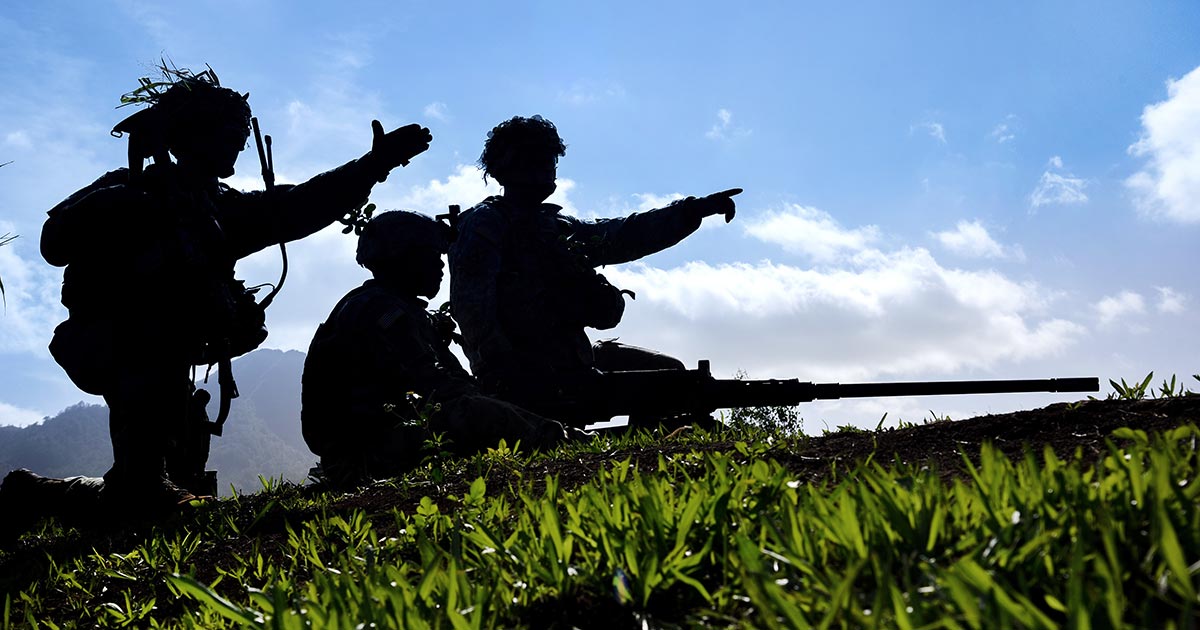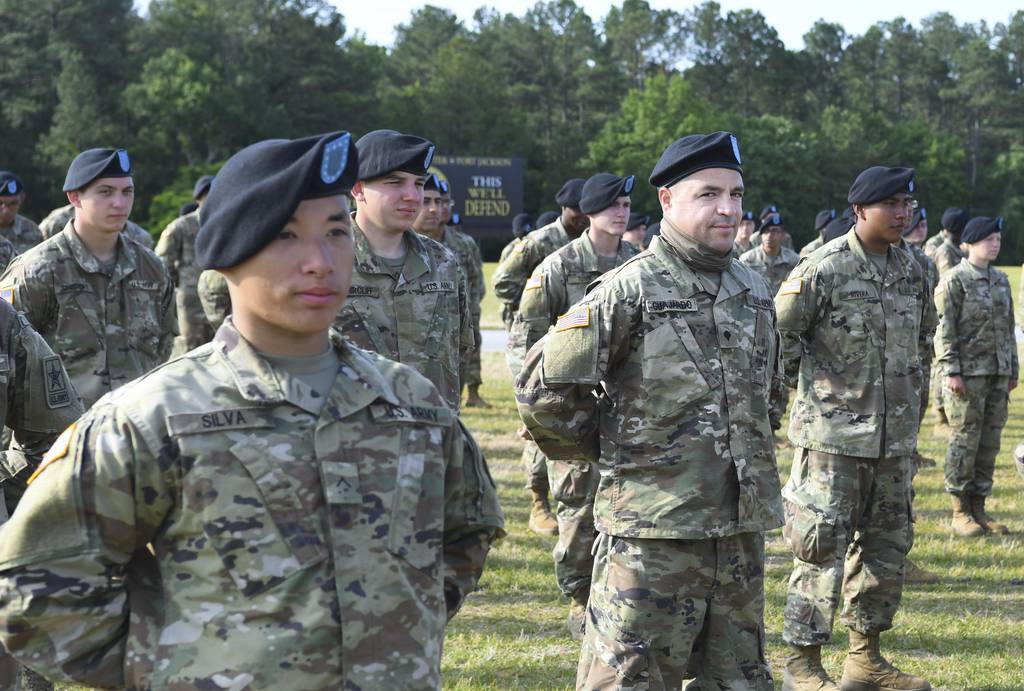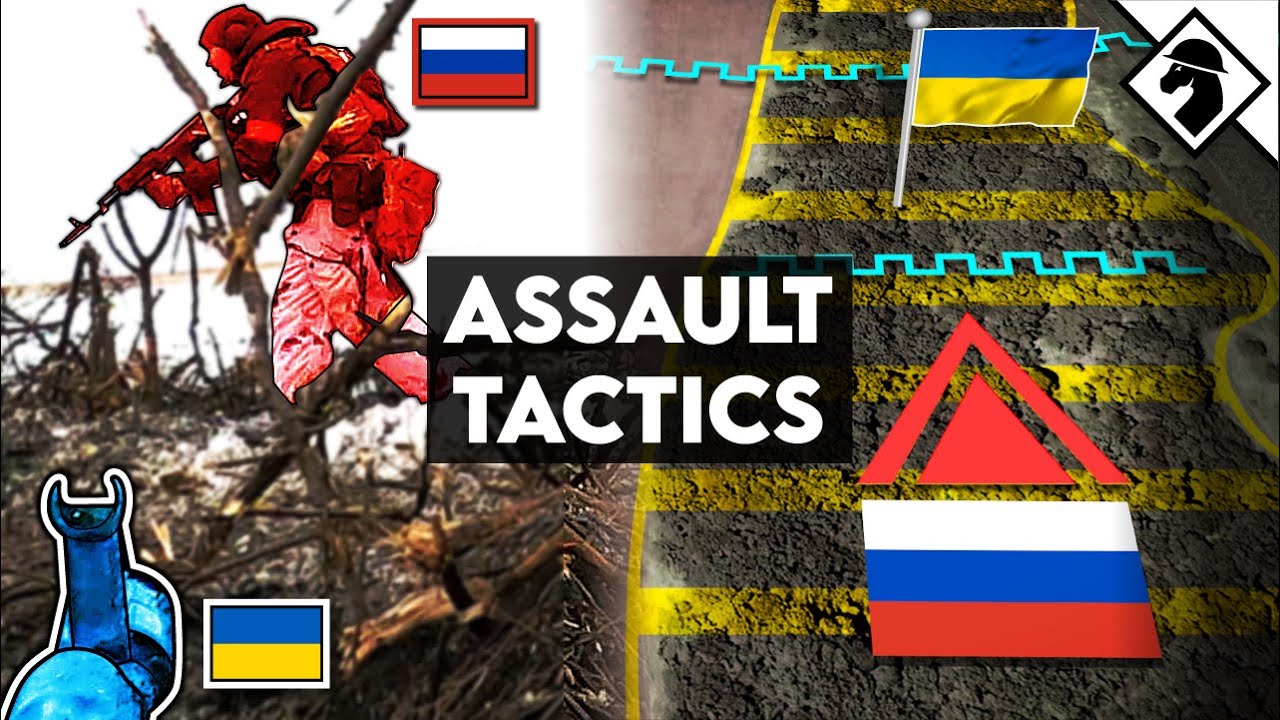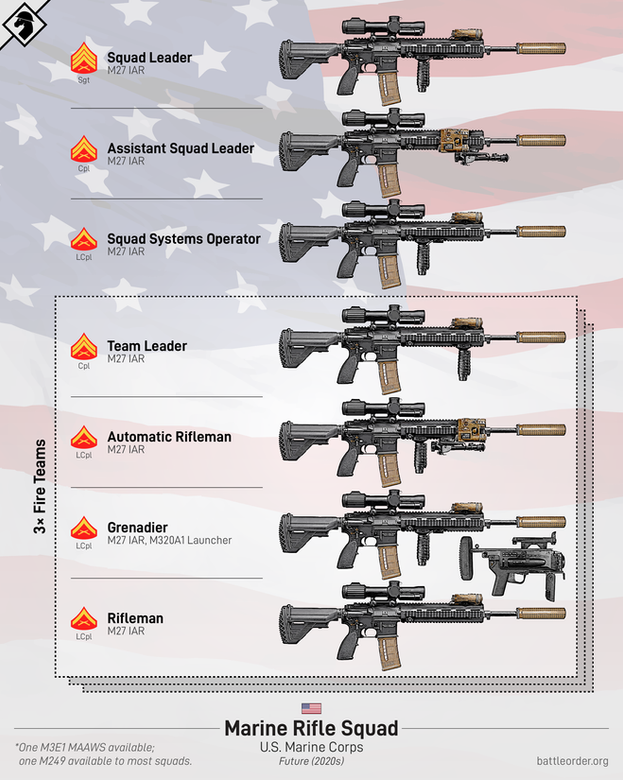So, I've been looking up infantry squad size studies, and so far, they tend to focus on a dismount squad size of 11-15. I've only got an older study as a PDF and an article that references another, so I want to know where I could find more of these studies. This is largely due to working on a few settings (including an Empire Earth 1 and Empire Earth 2 fusion setting alongside a Xenonauts-style setting) of a more MilSciFi bent.
That and someone said that anything more than nine men on the dismount is ludicrous/insane.
That and someone said that anything more than nine men on the dismount is ludicrous/insane.





